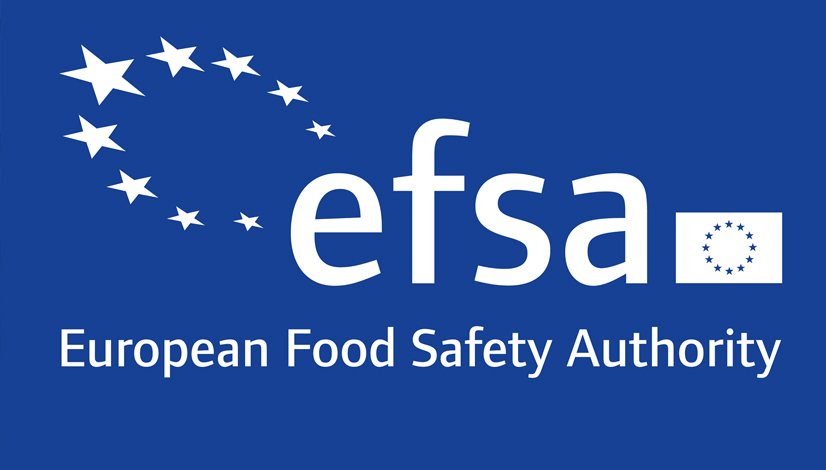A PROTEON CONTINUA O DIÁLOGO COM A COMISSÃO DA UE PARA ASSEGURAR A AUTORIZAÇÃO ANTECIPADA Na sua primeira avaliação de um aditivo bacteriófago para a alimentação animal, a EFSA (Autoridade Europeia para a Segurança dos Alimentos) concluiu que o BAFSAL® é seguro para todas as espécies aviárias, para os consumidores de produtos derivados de aves de capoeira e não representa um risco para o ambiente; O reconhecimento da segurança do BAFASAL® pela EFSA é
PROTEON PROSSEGUE O DIÁLOGO COM A COMISSÃO EUROPEIA PARA OBTER UMA AUTORIZAÇÃO RÁPIDA
- Na sua primeira avaliação de sempre de um aditivo bacteriófago para a alimentação animal, a EFSA (Autoridade Europeia para a Segurança dos Alimentos) concluiu que o BAFASAL® é seguro para todas as espécies aviárias, para os consumidores de produtos derivados de aves de capoeira e não representa um risco para o ambiente;
- O reconhecimento da segurança do BAFASAL® pela EFSA é um avanço, uma vez que a autoridade independente da UE em matéria de segurança alimentar é um dos organismos de avaliação mais rigorosos do mundo, responsável por todos os produtos alimentares regulamentados e especialmente exigente em todos os aspectos da segurança - da exploração agrícola até à mesa;
- Além disso, a AESA não manifestou preocupações quanto à qualidade do fabrico do BAFASAL® e aos procedimentos de controlo de qualidade associados, nem quanto à segurança dos bacteriófagos fornecidos pelo BAFASAL®;
- Embora alguns elementos da avaliação da eficácia da EFSA permaneçam pendentes, a Proteon já confirmou à EFSA e à Comissão Europeia que estão disponíveis dados adicionais para apoiar a eficácia do BAFASAL®, de modo a permitir que a EFSA conclua a avaliação;
- Prevê-se que o processo de autorização da UE esteja concluído até ao final de 2021/início de 2022, altura em que o produto estará disponível para os produtores europeus de aves de capoeira;
- O BAFASAL® já é aplicado com sucesso e segurança em todo o mundo, apresentando um desempenho zootécnico excecional e uma reduzida Salmonela nas aves de capoeira, o que ajudará os agricultores da UE a produzirem aves mais saudáveis, melhorando assim o bem-estar das aves e, além disso, proporcionando um risco muito menor de Salmonela intoxicação alimentar para os consumidores;
- BAFASAL® não é um antibiótico, é um novo aditivo para a alimentação animal, baseado em bacteriófagos, e ajuda a apoiar os objectivos globais na luta contra a resistência aos antibióticos.


